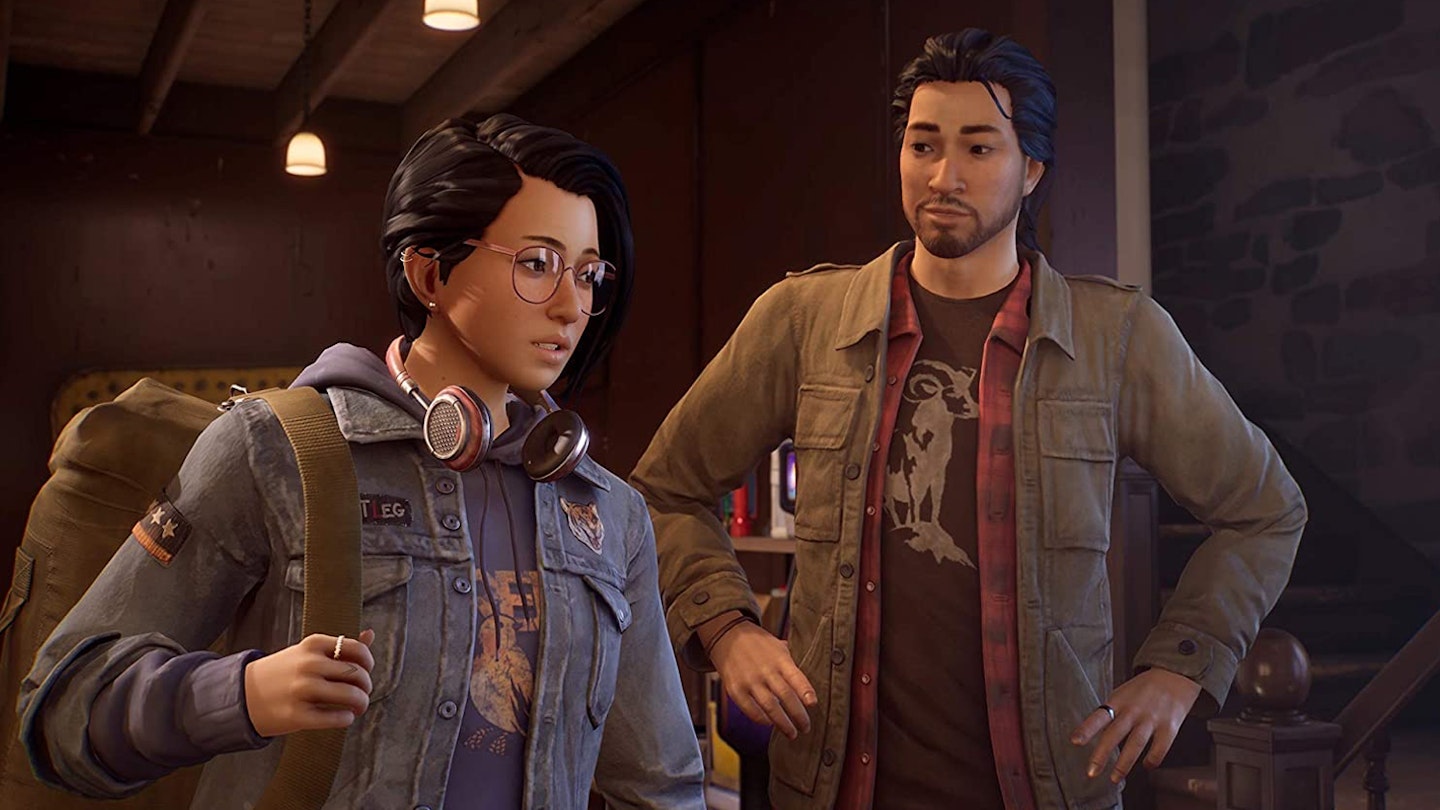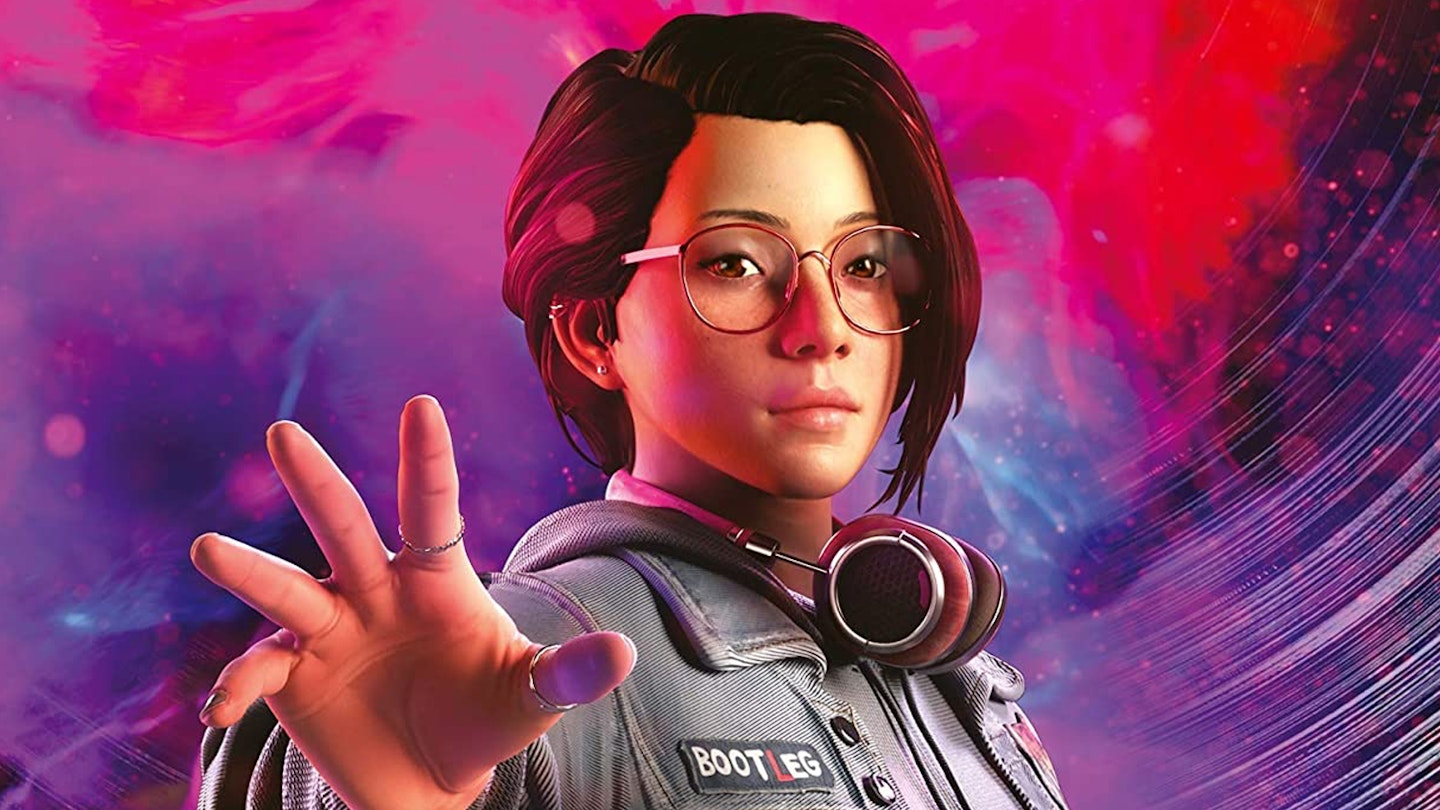Platforms: Xbox Series X, Xbox One, PS5, PS4, PC, Stadia
Reunions can be hard – people grow, personalities shift, things change. There's always an underlying question of whether you'll still recognise someone after years apart. That's as true for players returning to Square Enix's Life Is Strange for its first instalment in two years as it is for new protagonist Alex Chen, reconnecting with her estranged older brother Gabe after years separated by the American foster care system – a reunion marked by tragedy when Gabe is killed in mysterious circumstances shortly after Alex’s arrival in Haven Springs, the place where she’d hoped to start a new life.

Players get the better outcome, with the new Life Is Strange proving to be a welcome progression for the series – expanding on everything great about the previous games in clever and welcome ways, while retaining the best of the earlier titles. True Colors continues the series' dabblings with magical realism, with Alex possessing the power of empathy, allowing her to read and experience other people's emotions. It's an ability she's reluctant to use, fearful that other people's strong feelings can overwhelm her, but it’s one she has to master to uncover the secrets behind Gabe's death. It's not the flashiest power the series has played with – a far cry from Max's time travel in the original game or Daniel's telekinesis in Life Is Strange 2 – but it may be the most appropriate for a game that puts so much stock in the connections between its characters and the relationships forged by player choice.
There's plenty of incentive to replay with different decisions, just to see how events and relationships pan out.
Alex herself is a welcome addition to Life Is Strange’s burgeoning cast. Like previous lead characters, she carries her own pre-existing burdens and traumas to work through, but being slightly older – 21, rather than a teenager – allows for more mature exploration of that past and her coping mechanisms. It's also delightful to see that Alex is canonically bisexual, rather than 'playersexual', where their orientation is down to player choice. Background material, found in texts on Alex's phone or journal entries, reveal her previous relationships with men and women, so whether players choose to pair her with True Colors’ love interests Steph or Ryan, it feels natural for the character.
The Life Is Strange series made a name for itself when the gaming industry was having one of its occasional dabbles with episodic gaming, with the previous entries in the series telling their stories over multiple chapters released months apart. For True Colors, developer Deck Nine delivers the entire game in one package. It makes for a tighter, more engaging experience, one that both feels more coherent for arriving in one piece, and more immediate and urgent. Thankfully, there's still plenty of incentive to replay with different decisions, just to see how events and relationships pan out.

Although True Colors’ core gameplay mechanics aren't drastically different to its predecessors – it's still a graphic adventure primarily centred on choice and consequences – Deck Nine has tweaked the formula just enough to make it feel like a more interesting world to inhabit. Alongside retro-style video games to play at arcade machines dotted around Haven Springs, there are clever mini-games woven into the narrative – a record guessing game played with Steph early on being a particularly charming example.
There's also more freedom to explore the setting than in past Life Is Strange games, which is an opportunity to be relished – Haven Springs doesn't so much feel real as hyper-real. It's somewhere players will likely wish they could visit in reality, a staggeringly beautiful town with picturesque streets lined with flowers, filled with cool shops and interesting bars, and populated by quirky, interesting people you'll wish you could spend actual time with. It's visually stunning too – nestled in the middle of Colorado Mountains, the town is a border between the natural world and human civilisation, where dappled sunlight glints off the peaks and wandering animals make the whole town feel like something out of a fairy tale. The use of light and colour in particular stands out, complementing the prismatic auras of emotion that Alex can see around people.
It's an overall level of beauty that Deck Nine frequently shows off, with Alex prone to zoning out and taking in the world around her as a track from the game's blisteringly cool singer-songwriter soundtrack plays. Chances are you won't mind chilling out right alongside her, either – although the overall pace of the game may feel too slow for even some long-time Life Is Strange fans.
Achingly cool and achingly beautiful, Life Is Strange: True Colors marks an evolution and maturation for the series without betraying what fans of the earlier instalments came to love. It's never in a rush to get anywhere, which may frustrate even as you're appreciating its myriad other charms – but Haven Springs is somewhere to happily get lost in.
